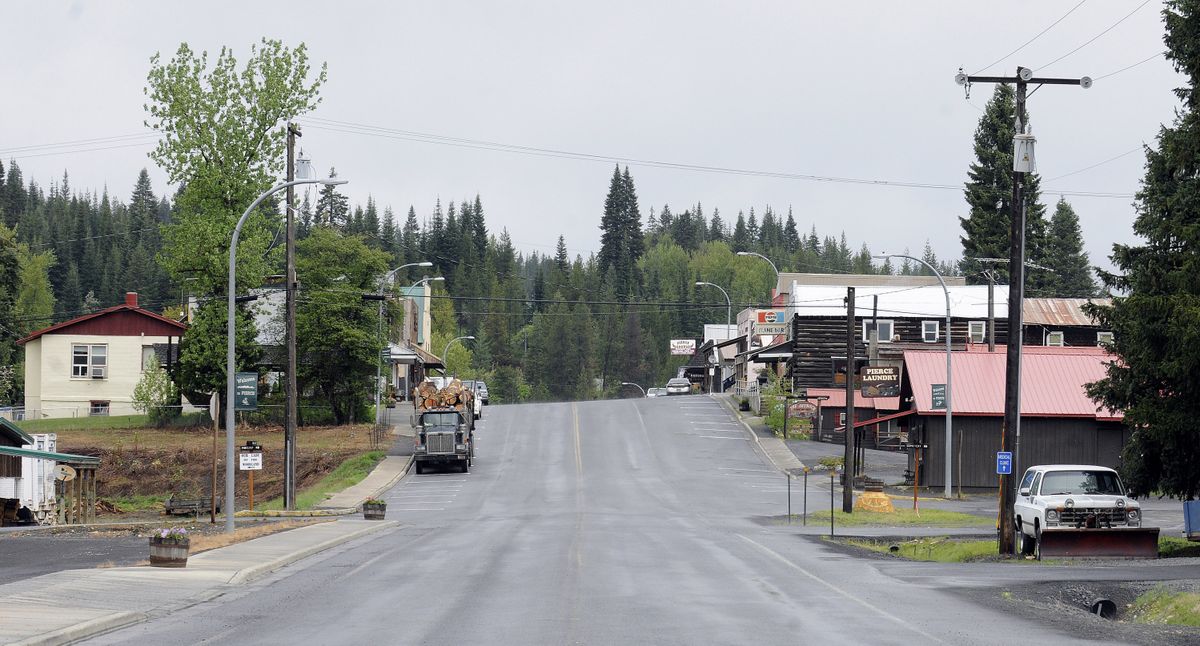Idaho town will host quasi-military academy

PIERCE, Idaho – Shyam Bhardwaj was a third-generation grocer when he moved to this small Clearwater County community, but he’s a full-service entrepreneur at heart.
Bhardwaj, whom locals refer to as Sammy, emigrated from India to New York 23 years ago. He purchased the S&S Family Foods store on Main Street in 2006.
The grocery has been doing well, he said, so when the former Cedar Inn across the street came up for sale in January, he added it to his growing business empire. He gutted the building and is now upgrading its three apartments, nine hotel rooms and family restaurant, hoping to give visitors a nice, relaxing option during their stay in Pierce.
“I don’t know anything about the hotel or restaurant business, but I have good support from my wife,” Bhardwaj said. “If we work together and work hard, we can do it.”
That same philosophy could apply to another major new business in town, the Idaho Youth Challenge Academy.
The school, which includes a 22-week residential phase followed by a 12-month mentorship, is scheduled to open in the old Pierce Elementary School in January. It’s part of the National Guard Youth Challenge Program, which has been helping high school dropouts and at-risk students get their lives back on track for the past 20 years.
“Our motto is, ‘We support second chances,’ ” said Derek Newland, an Idaho National Guard veteran and director of the academy.
The academy will have 35 to 40 full-time staffers.
Newland initially hoped all employees would live in Pierce, but it’s been difficult finding adequate housing. Nevertheless, he said, “I want the people we hire to be invested in the community.”
That isn’t a problem for Carmen Syed, the mayor of Pierce. She was recently hired as Newland’s administrative assistant.
“We thought we were done with growth, that there wasn’t going to be any more development, but we’ve had three new home starts just in the last three months,” Syed said. “I don’t know if that’s specifically because of the Youth Challenge, but things are happening.”
‘Renovating’ kids
The quasi-military academy will host two cohorts per year, each with 100 to 120 kids. They’ll attend classes, perform 40 hours of community service and learn some leadership and goal-setting skills to help them reintegrate into society.
Deputy Director Amy Steinhilber, who began working with Youth Challenge programs in Texas 17 years ago, likened the process to renovating the Pierce school building.
“It’s got good bones. We just need to add a new coat of paint,” she said. “It really is a metaphor for the kids. They come from different backgrounds. Some of them made some poor decisions or were dealt some bad cards. Maybe they hung out with the wrong peer group. They’re not juvenile delinquents; they’re just kids. We show them how to put on a new coat of paint. The rest is up to them.”
The Youth Challenge Academy is open to Idaho residents ages 16 to 18 who have dropped out of school or are at risk of dropping out. They must be drug-free and can’t have any felony convictions, pending criminal charges or other issues that make them a danger to fellow students.
Regimented setting
About half of the academy staff members will be uniformed cadre officers.
All uniformed staff will report to a commandant who is responsible for day-to-day operations, Newland said. There will also be eight to 12 guidance counselors, recruiters, case managers and other support personnel, as well as four or five certified teachers and a principal in charge of academics.
Students will be divided into three platoons, including one for girls. Given the focused environment, Steinhilber said, they should be able to complete up to a year’s worth of high school credits during the 22-week course.
“They come here thinking it’s because they need the credits to catch up, but what it boils down to is they just haven’t learned the lesson about building and maintaining relationships,” she said. “In a traditional school setting, a lot of these kids may go to classes, go home and never have much personal contact (with adults). When they come here and they’re surrounded by the support staff, by role models and mentors, it makes all the difference.”